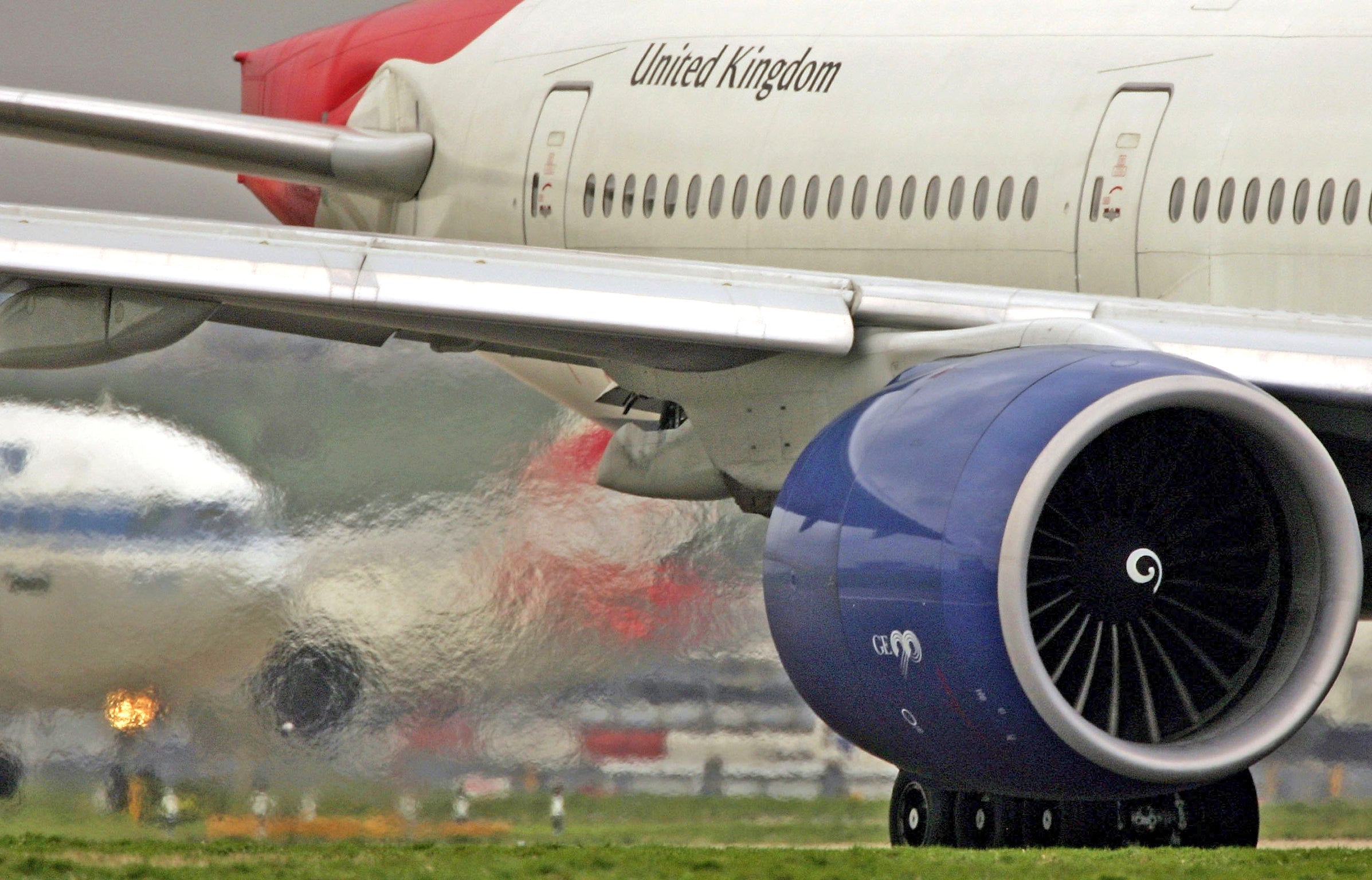Air ‘so polluted it can’t be worsened’: Volume of flights over UK leave atmosphere thick with greenhouse gas

Your support helps us to tell the story
From reproductive rights to climate change to Big Tech, The Independent is on the ground when the story is developing. Whether it's investigating the financials of Elon Musk's pro-Trump PAC or producing our latest documentary, 'The A Word', which shines a light on the American women fighting for reproductive rights, we know how important it is to parse out the facts from the messaging.
At such a critical moment in US history, we need reporters on the ground. Your donation allows us to keep sending journalists to speak to both sides of the story.
The Independent is trusted by Americans across the entire political spectrum. And unlike many other quality news outlets, we choose not to lock Americans out of our reporting and analysis with paywalls. We believe quality journalism should be available to everyone, paid for by those who can afford it.
Your support makes all the difference.The ozone pollution caused by flights over the UK is among the lowest of any country in the world - but only because the sheer volume of flights to and from the country have already left the atmosphere so thick with the greenhouse gas that it has become relatively much more difficult to generate more of it, a new report finds.
Research into nitric oxide and nitrogen dioxide emissions from aircraft reveals that the amount of the ozone greenhouse gas they produce varies considerably from region to region, with flights to and from Australia and New Zealand producing the most.
Ozone is produced when nitrogen dioxide emissions react with sunlight - the other reason why flights over and around the UK are relatively low producers of the gas, which is responsible for climate warming and health hazards such as respiratory problems.
Steven Barrett, lead author of the paper, by the Massachusetts Institute of Technology, said: “Our findings show that the cleanest parts of the atmosphere exhibit the most dramatic response to new emissions,” with the area over the Pacific, around 1,000 kilometres to the east of the Solomon Islands, being the most sensitive.
Emissions of oxides of nitrogen from flights over the Pacific produce 5.1 times as much ozone as an equivalent flight would do over the UK and are 3.7 times higher than for the US. This is because - unlike the UK - there are relatively few flights in the Pacific region, meaning there is proportionately less ozone in the atmosphere. Furthermore, sunlight levels are high.
As a result, 1kg of aircraft emissions over the Pacific creates 15kg of ozone, compared to just 3kg over the UK.
This is the first study to examine the environmental impact of specific flight routes, rather than aviation more generally.
“The places that the sensitivities are highest now are the fastest growing regions in terms of civil aviation growth, so there could potentially be ways to achieve significant reductions in the climate impact of aviation by focussing on re-routing aircraft around the particular regions of the world where ozone formation is highly sensitive to emissions of oxides of nitrogen,” Mr Barrett said.
“Of course, longer flights are going to burn more fuel and emit more CO2, so there will be a trade-off between increasing flight distance and other climate impacts, such as the effect of ozone,” he added.
Join our commenting forum
Join thought-provoking conversations, follow other Independent readers and see their replies
Comments